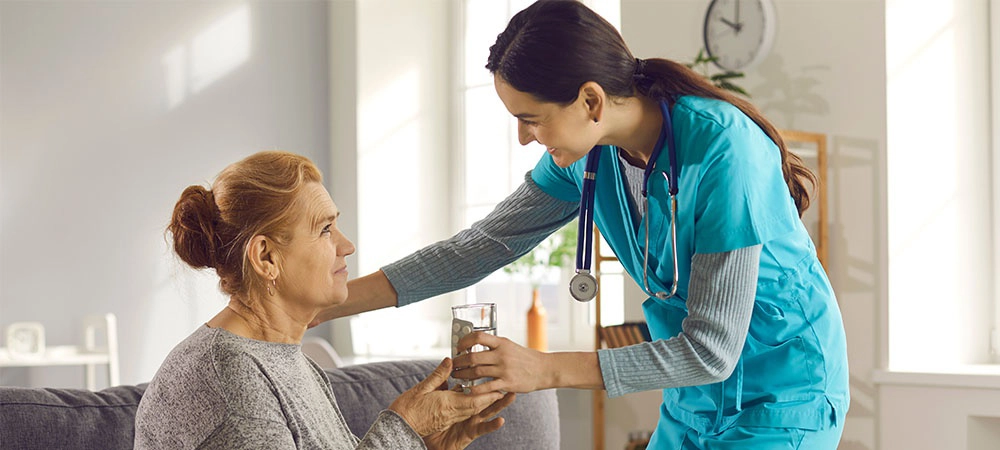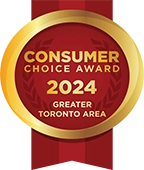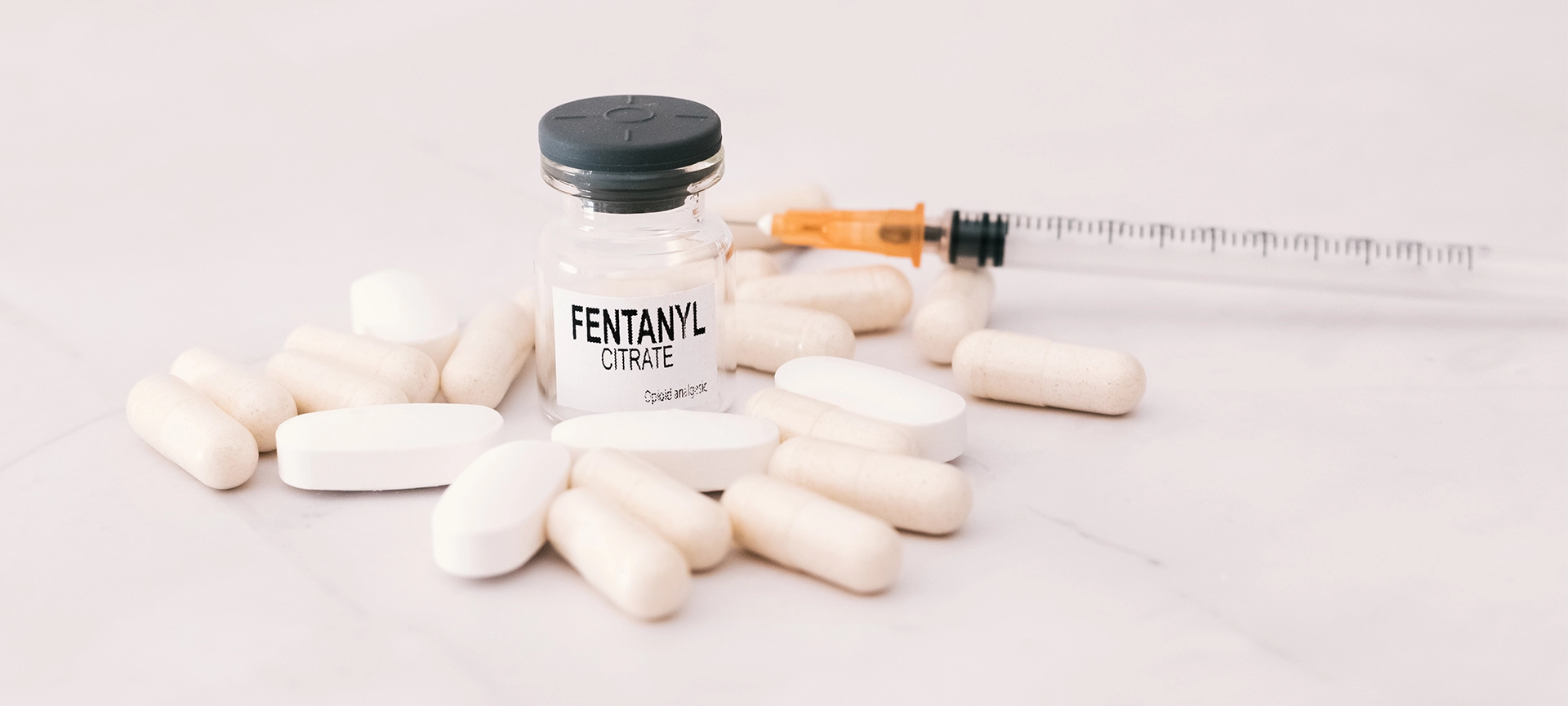Addiction detoxification is the process of ridding the body of toxic substances. It is an important step in the treatment of substance abuse and in the recovery process toward sobriety. The addiction detox process looks different for each individual and varies greatly depending on the type of drug(s) in their system, the level of dependence on the substance, and whether or not the individual is under medical supervision. Detox can have dangerous complications, and certain drugs are more difficult to detox from than others. Addiction detox is both a physical and mental health change, and a supervised detox is recommended.
Common withdrawal symptoms during detoxification include:
- anxiety
- depression
- cravings
- nausea
- vomiting
- chills and body aches
- delirium tremens
- hallucinations
- seizures
Types of Withdrawal Syndromes
Just as different substances have different effects on the body, their respective withdrawal syndromes are different, too.
- Alcohol withdrawal symptoms can occur when the user abstains from alcohol for six to 48 hours, and include sweating, tremors and agitation amongst other symptoms.
- Opioid withdrawal symptoms can occur as little as two hours after the ingestion of the drug. Heroin is considered to be one of the hardest drugs to detox from, due to its highly addictive nature. People detoxing from opioids can encounter runny noses, excessive tear formation, and later muscle and abdominal cramping.
- Stimulant withdrawal (cocaine, for example) commonly has more mental side effects than physical and can include depression, malaise and diminished desire or motivation.
Medical Detox
Medical detox is recommended for anyone battling drug addiction or alcohol addiction, as the user may have various types of substances in their system, and as the body is releasing the toxins, they may require urgent medical stabilization at any time. Users may experience seizures or hallucinations and could harm themselves or others unintentionally, which is why it is important that medical staff are there to oversee the withdrawal process. Depending on the severity of their symptoms and the substances in their systems, sedatives or monitored doses of painkillers may be administered to ease the withdrawal symptoms. Pregnant women are urged to seek medical care as a first step toward detoxing, to ensure that the detox is performed in the safest way possible for both mother and child.
Methadone or buprenorphine treatments, commonly referred to as opioid agonist therapies, can be part of a medical treatment plan for opioid addiction. These medications help to minimize the withdrawal symptoms that patients experience. Methadone and buprenorphine are still opioids, but they work at a slower release rate without the intense high, so someone undergoing methadone treatment for opioid addiction is able to slowly reduce their dosage and frequency. These treatment options are available in pharmacies: methadone treatment is often a powder mixed into a drink, and buprenorphine is often combined with naloxone into a pill form.
Methadone clinics are becoming more commonplace in large cities across Canada, despite criticism and protest from the general public. A lack of understanding of the treatment is apparent – it is true that patients are still consuming an opioid, however, this is being done in controlled doses to mitigate the withdrawal symptoms from something much stronger. These clinics are a much safer option for an individual who is detoxing since they have access to care and resources to help them treat their addiction.

Supervised Detox vs. At Home Detox
In the past, quitting “cold turkey” as the saying goes, was touted as the best way to treat an addiction. It was seen as a one-stop fix to a problem and somewhat of a “tough guy” approach. Now, with further research and a better understanding of the complicated mental health issues that accompany drug abuse, our perception of addiction has changed. We now view addiction as a mental illness and treat it with the weight that carries. While some individuals still choose to detox in their own homes, out of shame or fear of criminal implications, supervised drug addiction detox is the safest way to go.
Just as you would treat any severe illness like an infection or broken bone, medical intervention will expedite the body’s healing process in a much more stable environment. At home drug detoxification can be problematic, as the individual can be in an environment surrounded by triggers and temptation, giving them cravings and driving them to use again. An effective detox may take several days, and if the user is at home, their chances of suffering a relapse are significantly higher.
Rapid Detox
An experimental treatment, rapid detox works by sedating the patient with a general anesthetic and injecting them with medications to replace the toxic drugs in their body. The idea is that the user will be able to wean off of the drug without experiencing the harsh withdrawal symptoms that would accompany a traditional detox system. While rapid detox certainly works faster than the body’s own detoxification process, there are risks associated with it, such as:
- vomiting
- asphyxiation
- heart attack
- elevated body temperature
- death
An important part of treating drug addiction, besides physical detox, is addressing the mental health issues that led to the addiction in the first place. A concern with the rapid detox is that it comes across as a quick, one-stop cure for addiction – and addiction is too complex for that. Just like quitting cold turkey isn’t healthy, neither is dramatically stopping the flow of a substance that your body has become dependent on, without any modification to your behaviours or environment.

Detox Centres
There is a wide variety of detox facilities available to you in Canada, whether you are looking for inpatient or outpatient detox programs, rehab centres or 12-step programs. The optimal treatment program depends on each individual and their own addiction issues; however, the treatments can be loosely divided into inpatient and outpatient programs.
Inpatient programs are where the user stays in the facility for a period of time to ensure that they have a support system in place to overcome addiction. Inpatient detox centres usually have medical care included, and staff available around the clock to monitor the users’ detox journey. Programming includes counselling and therapy to address mental health disorders that may have led to the addiction and to give the patient tools to set themselves up for a successful recovery. Inpatient detox centres are recommended for those struggling with severe addictions, addictions to multiple substances, or those who have attempted a detox but relapsed.
Programs that are run on an outpatient basis may require the user to submit blood or urine tests so that the staff can monitor for substance usage. Users who are in need of treatment but cannot afford an inpatient detox centre can still benefit from this type of programming, but they must hold themselves accountable, as they do not have the constant supervision offered by an inpatient program. For example, programming exists for opioid addicts who are able to report to a pharmacy on a routine basis for methadone treatments.
Society still tends to stigmatize addiction, though this is slowly improving. Detox and rehab centres were once only for the Hollywood elite, but they are now becoming more commonplace in cities across Canada. As the conversation around mental health and substance abuse continues to grow, more funding is being allocated to make these centres more available to Canadians. That being said, detox centre programming can be expensive without adequate insurance coverage.
What’s Next?
Physical detox is the first step toward sobriety, but there is still more work to be done. Counselling or therapy can make a significant impact by helping patients recognize the behaviour patterns that led to their addiction and create new positive behaviours to replace the old habits. Just because the physical dependence no longer exists, that does not mean that the mental cravings and urges to use will disappear – it is important that the patient establishes healthy routines, and is able to avoid the temptation to use again.
Support groups like Alcoholics Anonymous (AA) or Narcotics Anonymous (NA) can be incredibly beneficial to people who have overcome addiction but still struggle with mental urges. Having a group of people to whom you feel accountable can decrease your chances of a relapse, and people who can empathize with your situation can offer constructive feedback.
The Community Reinforcement Approach is a type of therapy that strives to enhance the environment that the individual lives in (through work, relationships with family members, volunteering, and so on), making it a more positive experience than abusing substances. Through actively engaging in their surrounding community, with the guidance of a counsellor, the patient is able to build and sustain their life in healthier ways.
How to Support a Loved One Through a Detox
If your partner, parent, child or friend is attempting to detox at home, the best thing you can do to help is to take them to a medical facility where they can receive proper care. They could experience a wide range of withdrawal symptoms and pose a danger to themselves and to you, so it is important that they are in a place where they can receive the help they need.
Each person will experience detox differently, but it will no doubt be a scary experience. To support your loved one, remember to be patient and understanding, and recognize that they are trying their best to improve their situation.

Support for Caretakers
Navigating the various types of therapies and supports can be daunting – it can be helpful to connect with other individuals who are experiencing the same challenges. While counselling services are undoubtedly beneficial for those experiencing addiction or withdrawal, they can also be helpful for caretakers. It is important to remember that you are not alone and that there are resources available for you as well.






